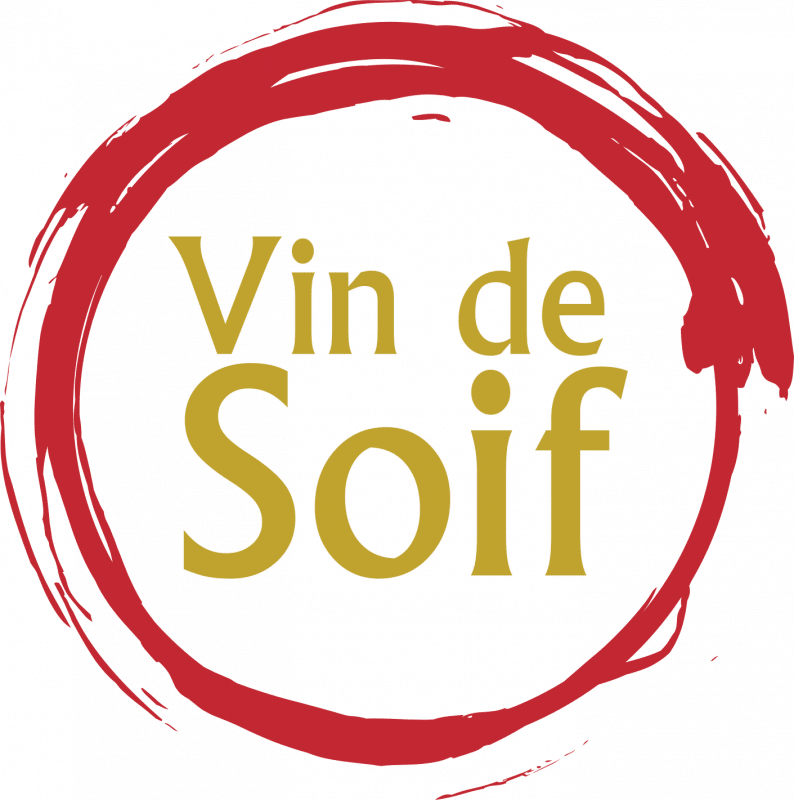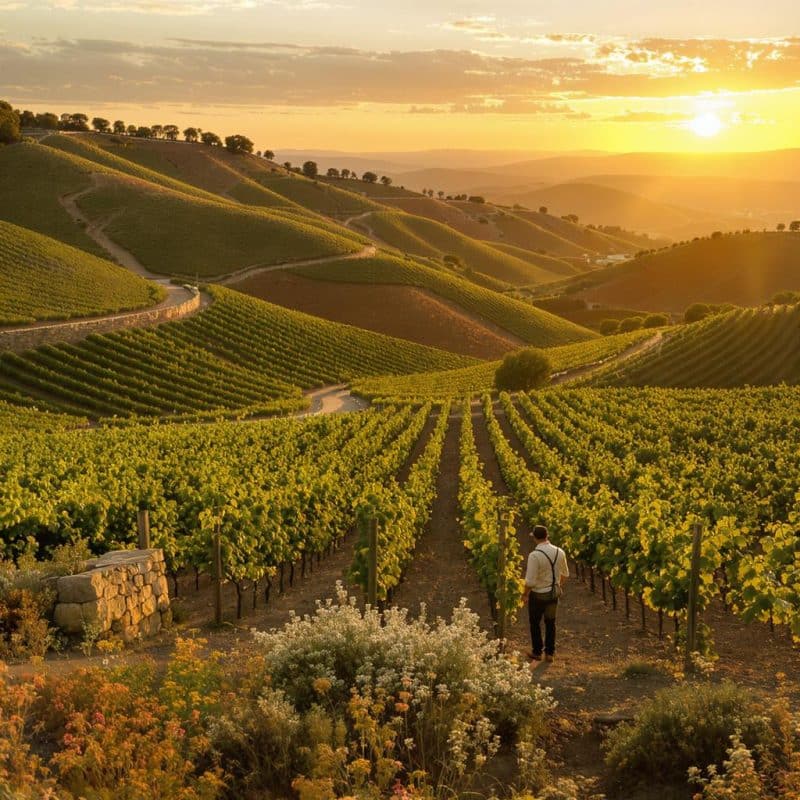Viticulture & Winemaking
What is Terroir Really? Unveiling the Secrets of Place, People & Wine
Introduction
What exactly makes a wine taste of its place? The French term terroir (or sense of place) attempts to capture this essence, but its meaning is often as murky as it is alluring. Is it just about the soil beneath the vines, or does it include the hand of the winemaker, local culture, or even the microscopic life in the vineyard? And in an era of climate change and technological innovation, is this connection between land and wine still a fixed reality—or a romantic myth?
In this blog, we’ll explore terroir’s foundational elements, how human intervention shapes it and the controversies that still swirl around the concept. We’ll ask whether this “sense of place” can be replicated elsewhere, and most importantly, how you can taste and experience this elusive concept for yourself.
What is Terroir? A Sense of Place in Every Bottle
At its core, terroir is the convergence of soil, climate, topography and biology that gives wine its unique identity. The Oxford Companion to Wine defines terroir as the total natural environment of a viticultural site—yet it also acknowledges the role of human intervention in shaping that environment. The International Organization of Vine and Wine (OIV) echoes this, describing this concept as the intersection of nature and the “collective knowledge of vitivinicultural practices.”
The Building Blocks of Terroir
-
Soil: Influences water retention, nutrient supply, and vine stress. From the limestone of Burgundy to the schist of Côte-Rôtie, soil leaves an indelible mark on the wine.
-
Climate: Macro, meso and microclimates govern ripening, acid retention and aromatic development.
-
Topography: Elevation, slope and vineyard orientation control sun exposure and air flow.
-
Microbiology: Native yeasts and soil microbiomes subtly shape fermentation and final flavour.
The most iconic example is Burgundy, where even neighbouring plots produce wines with distinct personalities. For a deeper exploration of Burgundy’s intricate vineyard classifications, revisit our detailed guide, Explore Burgundy.:
Why Terroir Matters to Wine Drinkers
For the wine drinker, understanding terroir transforms tasting from passive enjoyment into an exploratory experience. When you sip a Sancerre, the sharp minerality and citrus bite speak of the Loire Valley’s flinty soils and cool climate. A Barolo reveals the foggy hills and calcareous marl of Piedmont in its tannic grip and haunting perfume.
Terroir also enhances comparative tasting. Exploring wines from different parcels within the same region—such as Burgundy’s Premier and Grand Cru sites—reveals how minute environmental shifts create profound stylistic differences.
In this way, the sense of place isn’t just a concept; it’s a map for your palate, guiding you to wines that reflect their origins with honesty and depth.
How People Shape Terroir: Culture, Craft, and History
While nature lays the groundwork, terroir is incomplete without human hands. From the Cistercian monks of Burgundy who first mapped the climats to the artisans of the Douro Valley who terraced vertiginous slopes for Port, human ingenuity has long shaped the expression of place.
Take Italy’s Valtellina or Spain’s Ribera Sacra, where steep, mountainous vineyards necessitate unique vine training systems adapted to extreme conditions. These adaptations don’t just influence yields—they shape the very taste and texture of the wines.
Today, winemakers continue to reinterpret the connection between place and grape, blending tradition with innovation. Whether through biodynamic farming or low-intervention winemaking—as practiced by pioneers like Elisabetta Foradori in Trentino-Alto Adige—this sense of place evolves with each generation. Foradori’s revival of Teroldego on the gravelly soils of the Campo Rotaliano is a testament to how culture and philosophy enrich the notion of terroir.
The Winemaker’s Role in Shaping Terroir Expression
Even the most expressive vineyard needs a translator—and that is the winemaker. Choices around fermentation, aging vessels, and extraction methods all modulate how the vineyard site is communicated. Some prefer transparency, using spontaneous fermentations and neutral vessels to let the vineyard speak. Others guide the wine with oak aging or tailored yeasts, subtly influencing the final expression.
The Cube Project—a collaboration between three winemakers across California and Oregon—put this to the test. Each made wine from the same Pinot Noir grapes but employed their own techniques. The result? Terroir was detectable, but winemaking decisions often overrode the vineyard’s signature, demonstrating that even subtle choices can redirect a wine’s story.
Terroir in the Age of Technology
Technological advances are redefining how vintners engage with terroir. Drones, multispectral imaging, and apps like Sentinel Vine Manager allow precise monitoring of vine health, soil variability, and microclimates. This data-driven viticulture can optimize quality—but it also sparks philosophical debate:
Are we enhancing enhancing the vineyard’s identity, or curating it into a predictable formula?
These tools are becoming essential as climate change shifts growing conditions. But the risk lies in reducing terroir to a set of controllable metrics, potentially stripping away the mystery and variability that make wine so captivating.
Debating Terroir: Myth, Marketing or Meaning?
Is terroir a genuine force or just savvy marketing? The term often elevates a wine’s perceived authenticity, yet skeptics argue it can be little more than branding—especially when industrial-scale production blurs site distinctions.
However, Burgundy’s mosaic of vineyards—where even a stone wall can divide wines of distinct character—stands as empirical evidence of terroir’s reality. Scientific research into soil microbiomes, vine physiology and climate interactions continues to validate the role of “place” in shaping wine, though always filtered through the lens of human choices.
For a critical perspective on the mythology, see Terroir and Other Myths of Winegrowing
Climate Change: The New Terroir Challenge
Climate change is redrawing the map of global viticulture. Warming temperatures are pushing grape varieties into new territories—from Tasmania to Patagonia—as winemakers seek climates that mirror conditions once exclusive to Burgundy or Bordeaux.
In Champagne, producers are experimenting with forgotten varietals like Petit Meslier to preserve acidity in the face of rising heat. Such adaptations prompt an existential question: if a wine’s origin signature evolves with climate, does its definition become transient?
Ultimately, terroir’s endurance may rest on how winemakers adapt while preserving the relationship between land, vine and tradition—even as that balance shifts.
Can Terroir Be Replicated?
Can you recreate terroir elsewhere by mimicking soil, climate, and grape variety? Attempts have been made—yet true replication remains elusive. Beyond physical factors, this sense of place embodies the intangible elements of microbial ecosystems, local biodiversity and culture that can’t simply be transplanted.
Consider Oregon’s Willamette Valley, often compared to Burgundy. Despite similar latitudes and climates, the wines tell distinct stories: Oregon Pinot Noir is typically darker and juicier, whereas Burgundy leans towards elegance and earth. The difference underscores that terroir is less a formula than a living dialogue between place, vine and producer.
Moreover, terroir is cultural. Generations of accumulated knowledge, rituals, and philosophies anchor a wine to its origin in ways that resist commodification. Replication may capture the mechanics, but not the soul.
Experiencing Terroir: How to Taste Place in the Glass
Tasting the sense of place is less about formal expertise and more about curiosity. To cultivate a terroir-driven palate:
-
Focus on texture and structure, not just flavours.
-
Seek out wines from single vineyards or labelled with cru designations.
-
Try vertical tastings to observe a single vineyard across vintages.
-
Compare regions side by side: Burgundy vs Oregon Pinot Noir, Mosel vs Clare Valley Riesling.
Labels that indicate a vineyard name on the label often point to a terroir-focused bottling. Over time, you’ll start connecting the dots between what’s in your glass and where it came from.
Conclusion
Terroir is not just a romantic ideal—it’s the complex interplay of nature, culture, and craft that makes wine endlessly fascinating. While debates around its authenticity persist, it remains a guiding light for those who seek wines that reflect their origins with integrity.
At Vin de Soif, we’re passionate about curating wines that celebrate terroir in all its forms—whether through biodynamics, single-vineyard purity, or indigenous varietals that speak of their place.
➡️ Ready to explore further? Browse our carefully selected collection of terroir-expressive wines here:

